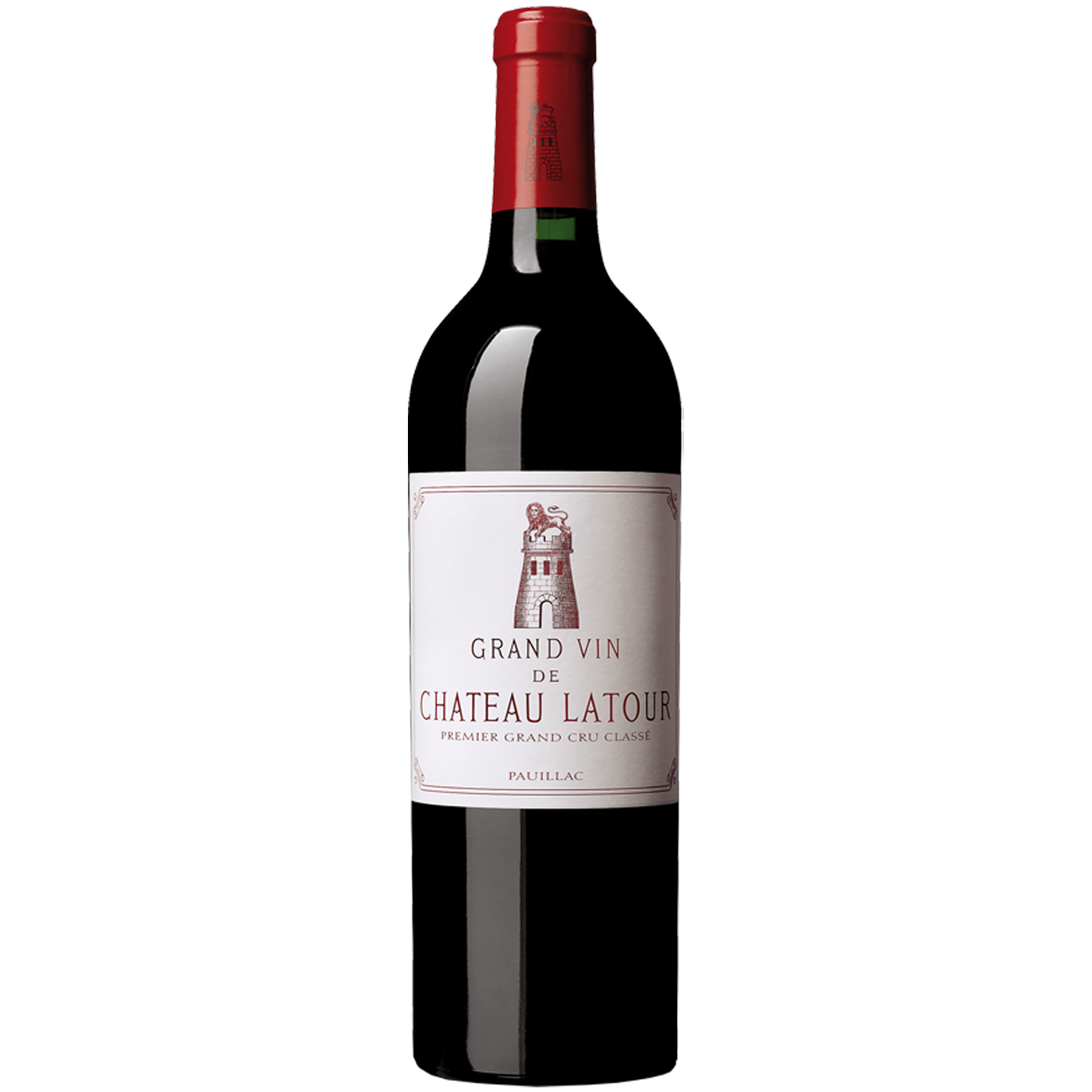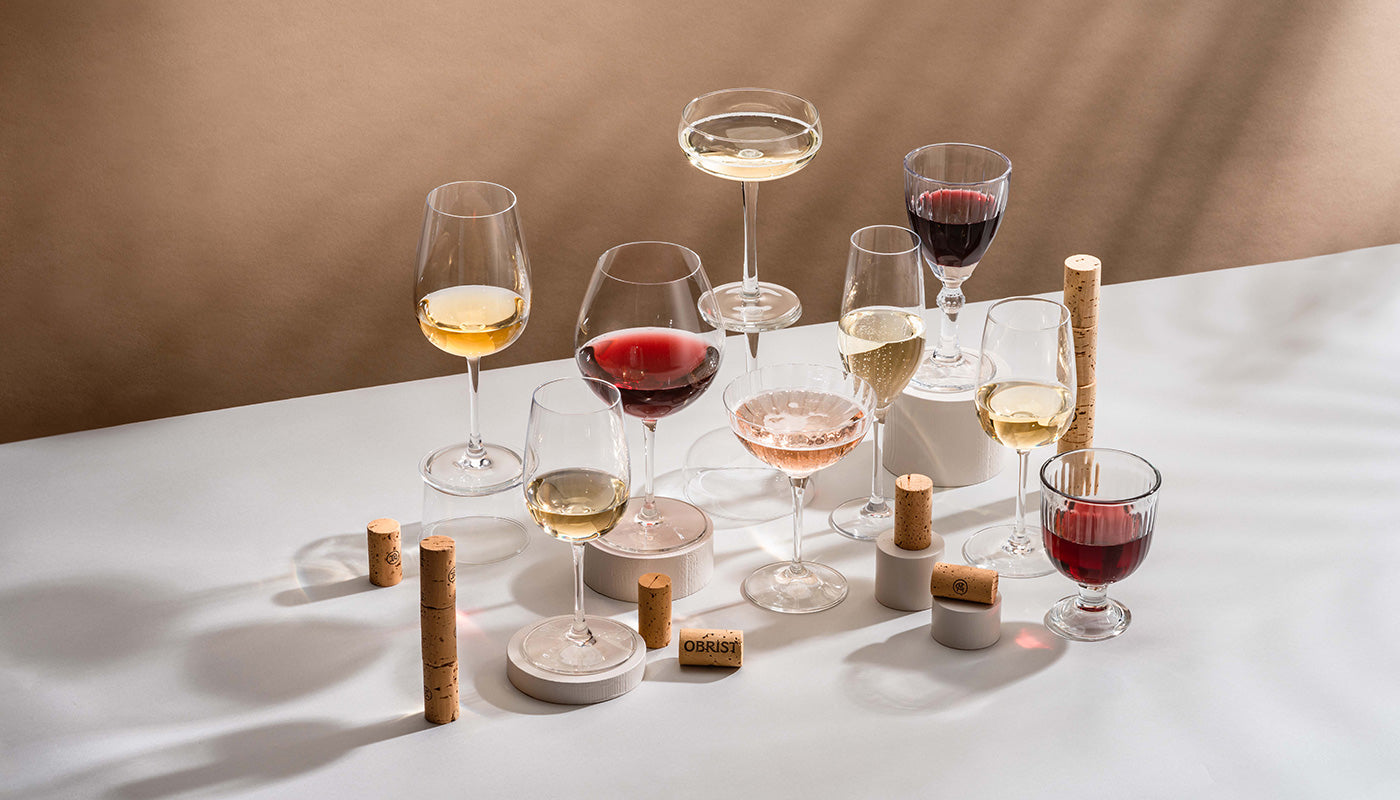Château Latour 2010
Vin rouge | 1er Cru Classé, Pauillac AC
Impossible de charger la disponibilité du service de retrait
-
France Bordeaux
-
Merlot
Cabernet Franc
Cabernet Sauvignon
Petit Verdot 5 - 30 ans et plus
-
14.00% vol.
-
100 100Robert Parker"One of the perfect wines of the vintage, Frederic Engerer challenged me when I tasted the 2010 Latour at the estate, asking, 'If you rate the 2009 one hundred, then how can this not be higher?' Well, the scoring system stops at 100, (and has for 34 years,) and will continue for as long as I continue to write about wine. Nevertheless, this blend of 90.5% Cabernet Sauvignon, 9.5% Merlot, and .5% Petit Verdot hit 14.4% natural alcohol and represents a tiny 36% of their entire production. The pH is about 3.6, which is normal compared to the 3.8 pH of the 2009, that wine being slightly lower in alcohol, hence the combination that makes it more flamboyant and accessible. The 2010 is a liquid skyscraper in the mouth, building layers upon layers of extravagant, if not over-the-top richness with its hints of subtle charcoal, truffle, blackberry, cassis, espresso and notes of toast and graphite. Full-bodied, with wonderfully sweet tannin, it is a mind-boggling, prodigious achievement that should hit its prime in about 15 years, and last for 50 to 100."
-
100 100Decanter
-
99 100Wine Spectator
-
100 100James Suckling

Impossible de charger la disponibilité du service de retrait
Rouge foncé, presque noir, intense.
Puissant et racé aux arômes de fruits noirs tels que le cassis et la groseille, soutenus par quelques notes de chocolat.
Racé, d'une très grande puissance et d'une belle nervosité avec une expression caractérisée du Cabernet.
Pigeonneau aux petits pois, civet de cuisses de canard, agneau, marcassin en fricassée, livarot, mille-feuilles aux framboises.
Température de service : 16 - 18 °
Situé dans le Médoc, le vignoble de Château Latour prend naissance à Pauillac. Il s'étend sur une croupe de graves, dominant les terres basses de la Palus et la Gironde. Les sols sont constitués en surface de grosses graves anciennes et en profondeur d'argiles. Cette heureuse combinaison confère au terroir une singularité dont peu de sites peuvent se vanter.
Fermentation en cuves inox, fermentation malolactique de 3 semaines en cuves fermées, élevage de 18 mois en barriques de chêne avec soutirages tous les trois mois.
Bouchon en liège
Caisse



